Chaga Mushroom
- December 22, 2023
- 0 comment
Chaga mushroom, scientifically known as Inonotus obliquus, is a remarkable fungus that has garnered increasing attention for its potential health benefits. Widely found in cold climates, particularly in birch forests in Russia, Siberia, and other northern regions, this mushroom has a distinctive appearance, resembling a black, charred mass protruding from the bark of birch trees.

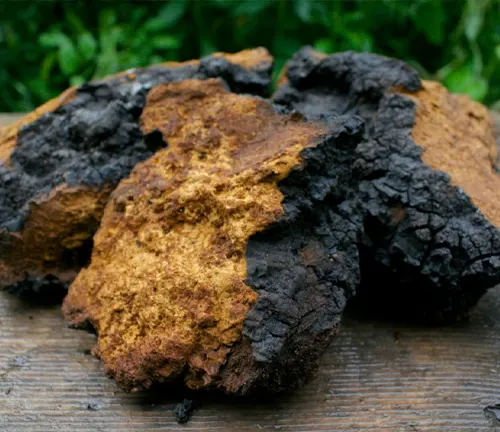
Revered for centuries in traditional Siberian and Chinese medicine, chaga has recently gained popularity in the West for its purported medicinal properties. Rich in antioxidants, it is believed to support the immune system and may possess anti-inflammatory and anti-cancer properties. Chaga is commonly consumed as a tea or extracted into tinctures and supplements.
Its earthy, slightly bitter flavor adds depth to beverages, making it a sought-after ingredient for those interested in natural wellness. While scientific research on chaga is ongoing, its long history of traditional use and the potential health benefits make it a subject of growing interest in the world of natural health and holistic wellness.
| Feature | Description |
|---|---|
| Scientific Name | Inonotus obliquus |
| Habitat | Found in cold climates, predominantly in birch forests in Russia, Siberia, and other northern regions. |
| Appearance | Distinctive black, charred mass protruding from the bark of birch trees. |
| Traditional Use | Revered in Siberian and Chinese medicine for centuries. |
| Health Benefits | Rich in antioxidants; believed to support the immune system; potential anti-inflammatory and anti-cancer properties. |
| Consumption Form | Typically consumed as a tea, or extracted into tinctures and supplements. |
| Flavor Profile | Earthy and slightly bitter. |
| Popularity | Gaining popularity in the West for its holistic health properties. |
| Preparation | Harvested, dried, and processed before being brewed into tea or incorporated into various health products. |
| Research Status | Ongoing scientific research to explore and validate its medicinal properties. |
| Cultural History | Embedded in the traditional medicinal practices of Siberian and Chinese cultures. |
The Enigmatic World of Chaga Mushroom
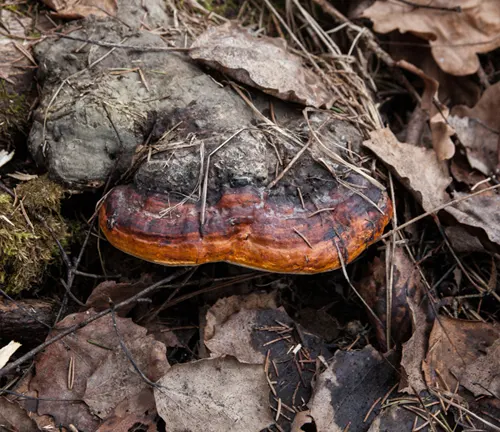
Nestled within the birch forests of Russia, Siberia, and other frigid regions, the Chaga mushroom, scientifically known as Inonotus obliquus, stands as a botanical marvel. With its distinctive blackened appearance protruding from birch tree barks, this fungus has captivated the attention of herbal enthusiasts and health-conscious individuals alike. Let’s delve into the fascinating botanical characteristics that make Chaga a standout member of the fungal kingdom.
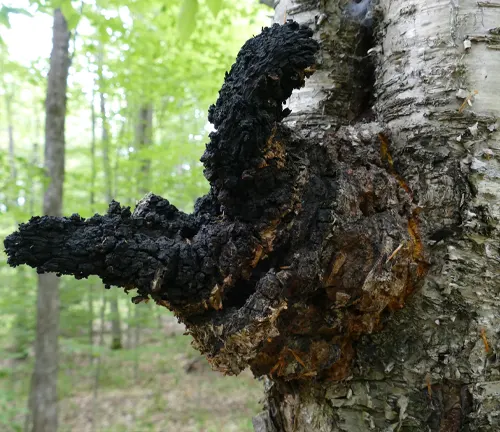
Chaga Mushroom’s Aesthetic Allure
Nature’s artistry takes center stage with Chaga mushroom, exhibiting a woodland elegance that sets it apart from its surroundings. The black, charred mass adorning birch trees adds a touch of mystique to the forest landscape. As we explore its visual allure, we uncover the symbiotic relationship between Chaga and the birch trees it calls home, contributing to the ecological harmony of these northern woodlands.
Chaga’s Role in Forest Ecosystems
Beyond its aesthetic charm, Chaga mushroom plays a crucial role in the ecological tapestry of its habitat. This article delves into the symbiotic relationship between Chaga and birch trees, highlighting the intricate balance that contributes to the health and diversity of forest ecosystems. Understanding the ecological importance of Chaga sheds light on its interconnected existence within the natural world.
Nurturing the Chaga Legacy
As interest in Chaga grows, so does the need for responsible cultivation and conservation practices. This article explores the challenges and opportunities associated with cultivating Chaga, emphasizing the importance of sustainable harvesting to ensure the longevity of this remarkable fungus. By cultivating Chaga responsibly, we can preserve its natural habitat and support its availability for future generations.
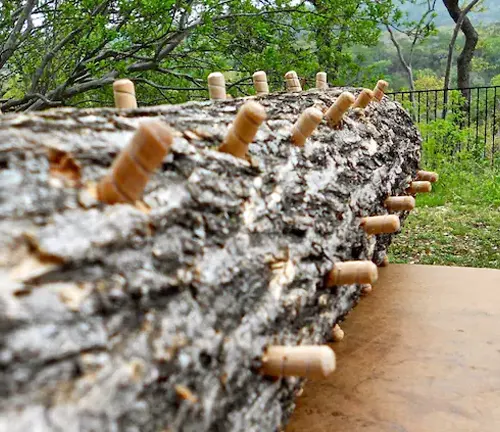
Chaga’s Benevolent Impact
Chaga mushroom extends its influence beyond the confines of the forest floor, actively participating in soil stabilization. Unpacking the mechanisms by which Chaga contributes to soil health, this article highlights the potential benefits of this fungal ally in maintaining ecological balance and promoting the overall well-being of the environment.
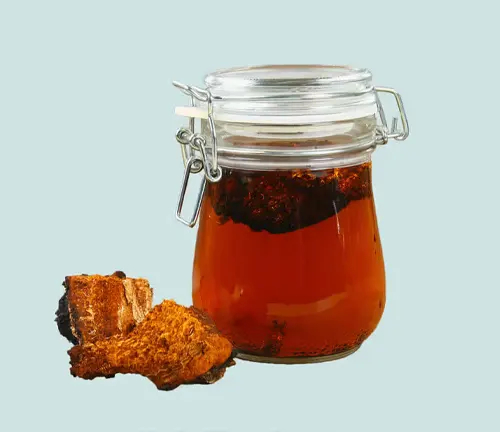
Beyond the Forest Canopy
Dive into the diverse ways in which Chaga mushroom is utilized in various cultures. From traditional medicinal practices in Siberia and China to contemporary culinary trends, Chaga finds its way into teas, tinctures, and even skincare products. This exploration sheds light on the versatile applications that have contributed to Chaga’s rising popularity worldwide.
Unlocking the Health Potential of Chaga Mushroom
Delving into the realm of wellness, this article explores the potential health benefits attributed to Chaga mushroom. Rich in antioxidants and believed to possess anti-inflammatory properties, Chaga has become a focal point in the natural health and holistic wellness communities. Discover the science behind these claims and consider the implications for integrating Chaga into your well-being routine.
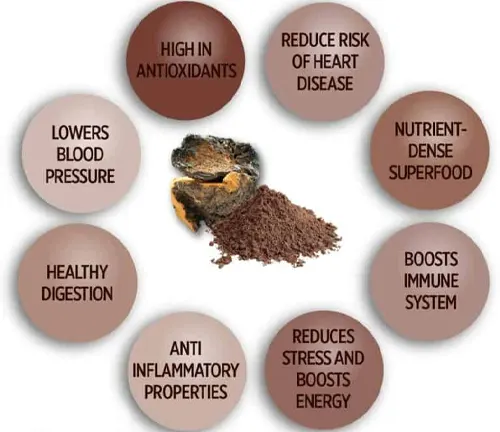
Unraveling the Intricacies of Chaga Mushroom
In the heart of birch forests, an enigmatic organism thrives, captivating the curious minds of botanists and herbalists alike. This article delves into the biological wonders of Chaga mushroom, exploring its unique characteristics, life cycle, and the intricate mechanisms that make it a standout member of the fungal kingdom.
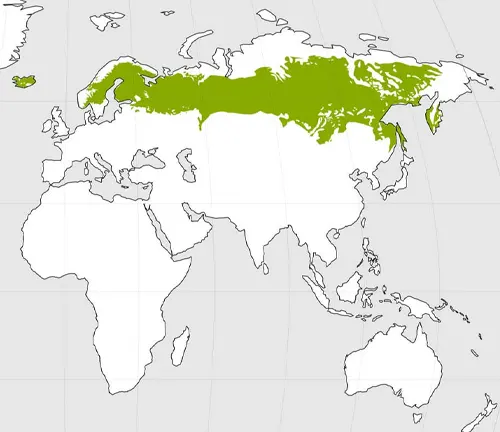
Navigating the Birch Forests with Chaga Mushroom
Embark on a virtual journey through the birch forests of Russia, Siberia, and other cold climates as we explore the habitat map of Chaga mushroom. Uncover the specific environmental conditions that nurture the growth of this remarkable fungus, gaining insights into the geographical tapestry that defines its natural home.
Decoding the Nutritional Profile of Chaga Mushroom
Delve into the microscopic world of Chaga to unravel the components that contribute to its potential health benefits. This article breaks down the nutritional profile of Chaga mushroom, spotlighting key compounds such as antioxidants, polysaccharides, and betulinic acid. Understanding the components of Chaga lays the foundation for comprehending its role in holistic wellness.
Navigating the Potential Impacts of Chaga Consumption
While Chaga mushroom is celebrated for its potential health benefits, it’s essential to scrutinize its side effects. This article explores potential considerations and precautions associated with Chaga consumption. By providing a balanced perspective on the benefits and potential risks, we empower individuals to make informed decisions about incorporating Chaga into their wellness routines.
Different Species
Inonotus hispidus
Also known as the Shaggy Chaga, this species is closely related to Inonotus obliquus. It shares similar habitat preferences and is often found on birch trees.
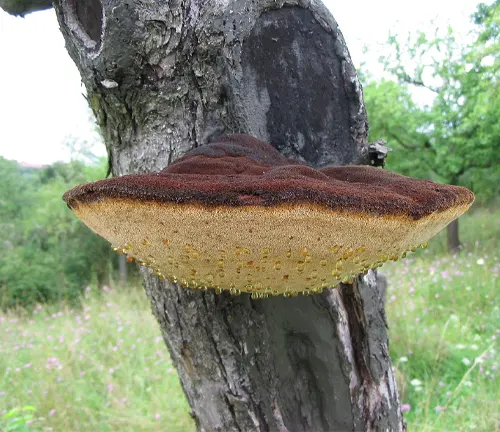

Inonotus tomentosus
Commonly referred to as the Woolly Chaga, this species is found on various hardwood trees, including birch. It has a woolly or velvety appearance, resembling the texture of Chaga.
Inonotus dryadeus
Although not identical to Chaga, this fungus is commonly known as the Oak Bracket or the Weeping Conk. It’s found on oak trees and shares some visual similarities with Chaga, including a dark and cracked exterior.
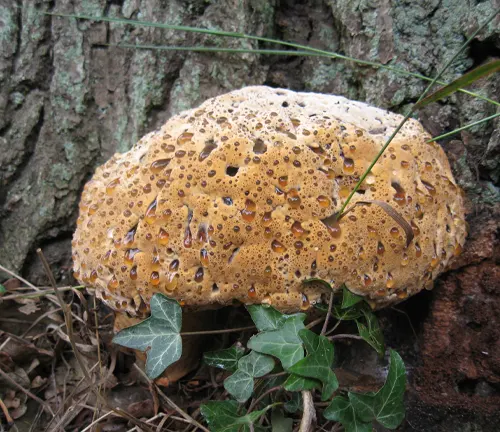
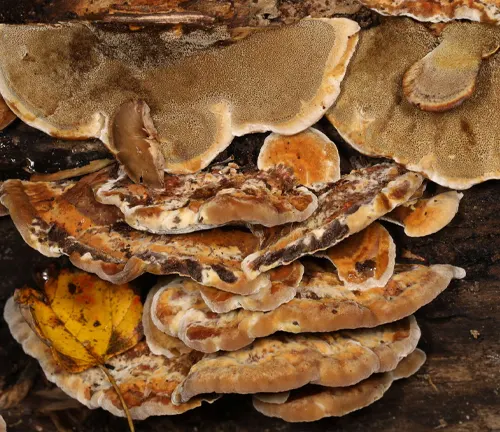
Inonotus cuticularis
This species is known for its small, reddish-brown fruiting bodies. While it is not as well-known as Inonotus obliquus, it belongs to the same genus and shares some features.
Inonotus nodulosus
Also a member of the Inonotus genus, this species is found on hardwood trees, particularly beech and oak. It has a smooth, reddish-brown to black surface, resembling Chaga in some aspects.
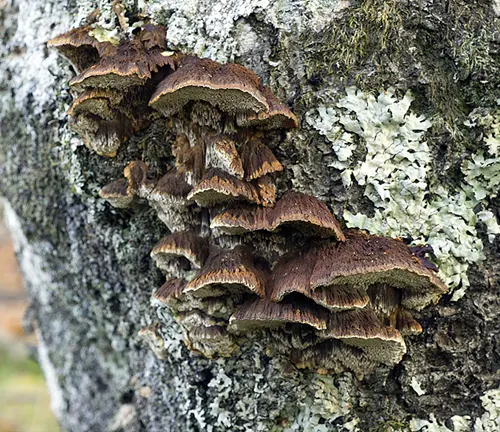
Frequently Asked Questions (FAQs)
- What is Chaga Mushroom?
Chaga Mushroom, scientifically known as Inonotus obliquus, is a fungus that grows on birch trees in cold climates. It has been used in traditional medicine for its potential health benefits. - How is Chaga Mushroom used?
Chaga is commonly consumed as a tea, extracted into tinctures, or incorporated into various health products. It can also be found in supplement form. - What does Chaga Mushroom taste like?
Chaga tea typically has an earthy and slightly bitter flavor. Some people may describe it as having a pleasant, woody taste. - What are the potential health benefits of Chaga?
Chaga is believed to be rich in antioxidants and may have potential benefits for the immune system. Some studies suggest anti-inflammatory and anti-cancer properties, but more research is needed. - Can Chaga Mushroom be cultivated at home?
While Chaga can be cultivated under controlled conditions, it is challenging to replicate its natural habitat. Responsible wild harvesting or sourcing from reputable suppliers is more common. - Are there any side effects or risks associated with Chaga consumption?
While generally considered safe, excessive consumption of Chaga may lead to side effects. It’s important to consult with a healthcare professional, especially for individuals with existing health conditions or those taking medications. - How do I identify genuine Chaga Mushroom in the wild?
Identifying Chaga requires knowledge and experience. Genuine Chaga has a blackened, charred appearance on the outside and a brownish-orange interior. Consult with experts or field guides for accurate identification. - Is Chaga Mushroom legal to harvest and use?
Regulations regarding the harvest and use of Chaga vary by location. It’s essential to be aware of local laws and consider sustainable harvesting practices to preserve the ecosystem. - Can I use Chaga Mushroom as a substitute for other medicinal mushrooms?
While Chaga shares some properties with other medicinal mushrooms, it is unique. Each mushroom species has its own set of compounds and potential benefits. Consultation with a healthcare professional is recommended. - Where can I find Chaga Mushroom products?
Chaga products, including teas, tinctures, and supplements, can be found in health food stores, online retailers, or sourced from reputable herbalists. Ensure the quality and authenticity of the product before purchasing.


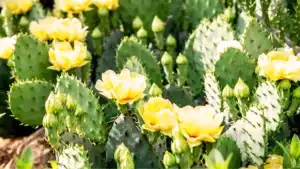


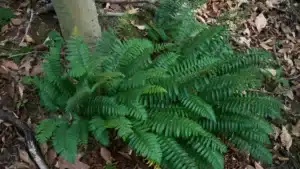
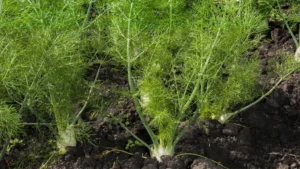
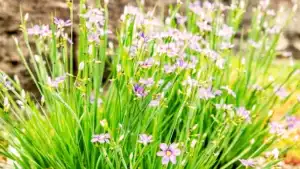
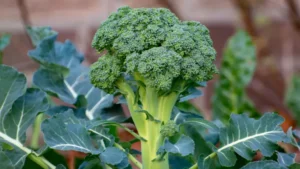
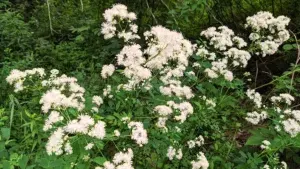
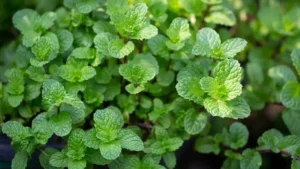
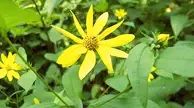
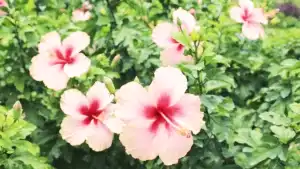
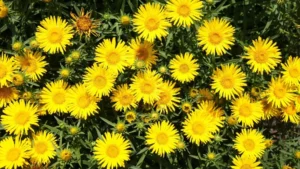
Leave your comment